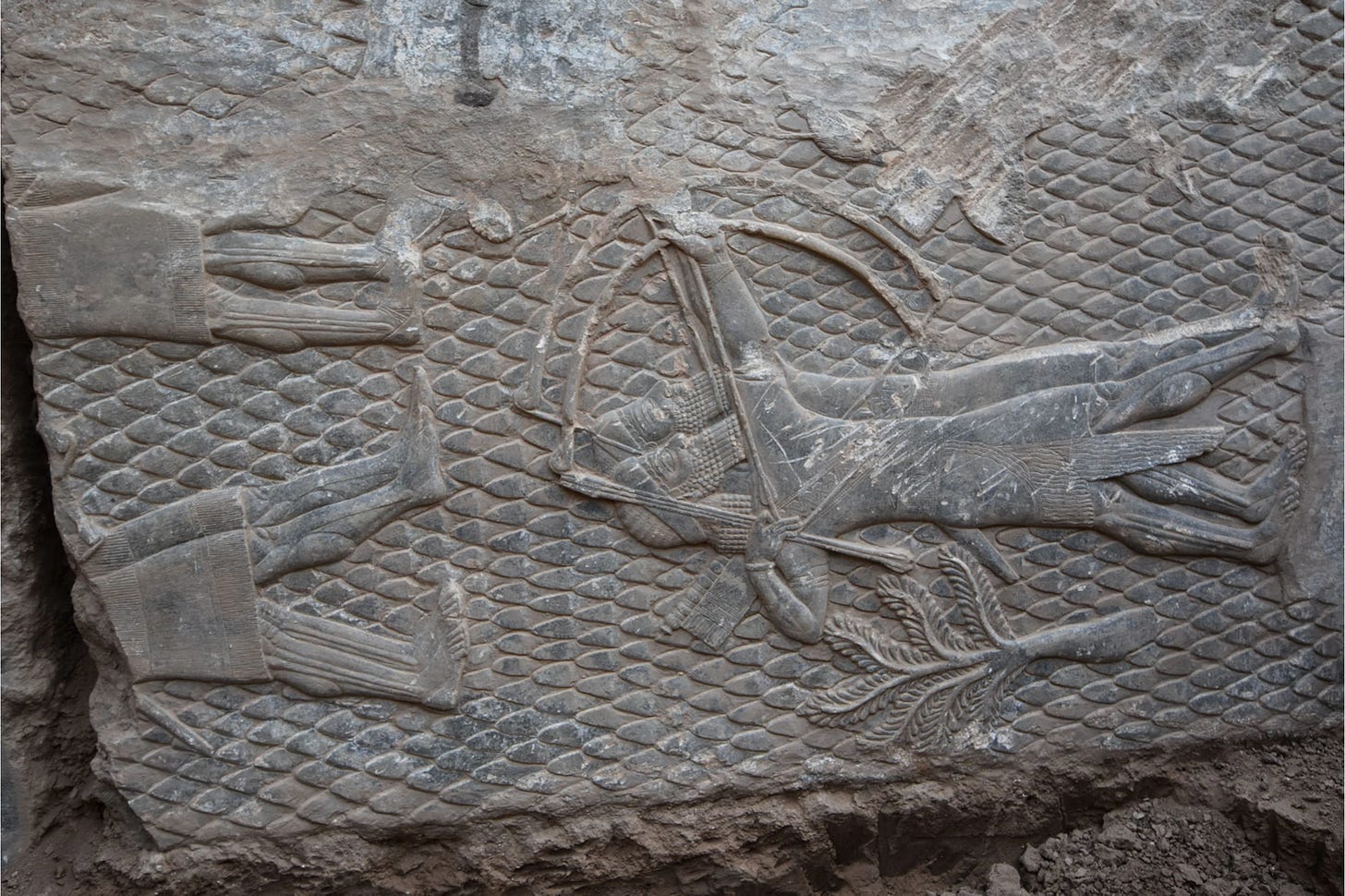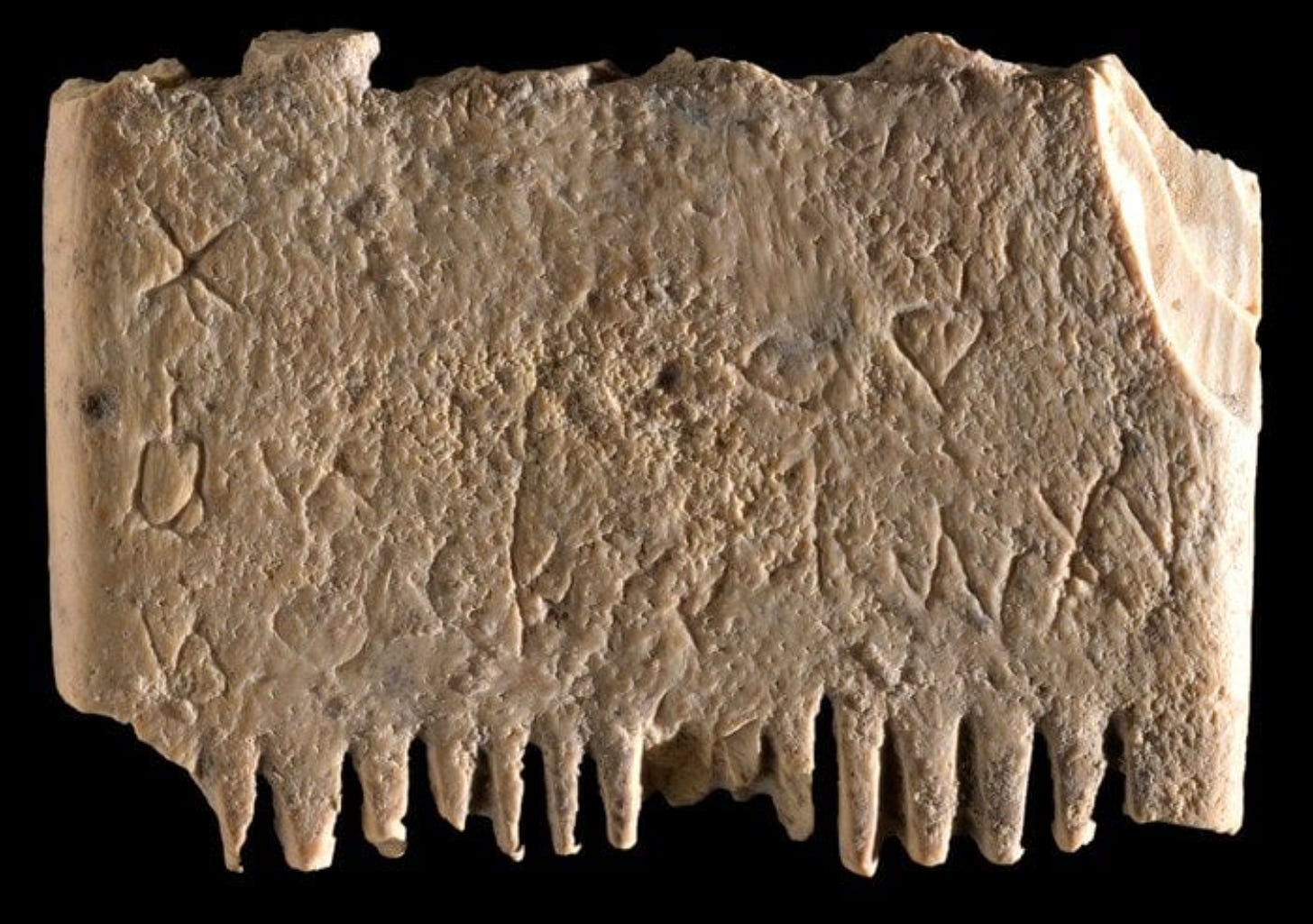It has been a doozy of a week, and it ended with the tragic shooting in Colorado Springs last night. Hate speech is incredibly dangerous and yesterday it cost 5 people their lives and hundreds more their sense of safety and community. My heart goes out to anyone impacted.
This week, in history acting unruly:
RED ALERT: The tomb of a previously unknown Egyptian queen named Neith has been discovered, and I can’t believe it hasn’t been all over the news.
What do you know about Qatar, the current host of the Men’s World Cup?
Speaking of soccer: It’s undoubtedly the world’s most popular sport. But who invented it?
And one more on soccer: How Spain used soccer to integrate into Europe—and how Catalan and Basque used soccer to protest.
The strange saga of the Madgeburg Unicorn, considered “one of the worst fossil reconstructions in human history.”
An almost lost indigenous history of Puerto Rico was saved in the hidden paths of the Taína Route.
Does World Heritage status help or harm?
In 2016, ISIS destroyed the Mashki and Adad Gates at Nineveh, an act that devastated many across Iraq and abroad. Recently, a team of Iraqi and American archaeologists sorting through the rubble discovered stunning artwork at the site, many of which hadn’t been seen in 2,500+ years.

Historians have long known that Geoffrey Chaucer, author of The Canterbury Tales, had some sort of run-in with the law, but details were always sketchy. Recently examined documents may exonerate him. (Trigger warning for discussions of sexual violence.)
Welsh soldiers who fought for the Union during the US Civil War paid a steep price—the loss of their language and culture.
1992 was a Very Bad Year for Elizabeth II and the rest of the British Royal Family.
Scientists have translated the oldest sentence written in the oldest language we know of. Can you guess what it says?

Why everyday items are important to archaeologists and historians everywhere, through the lens of Ancient Roman history.
There were about 170 Egyptian pharaohs, but King Tut and Nefertiti have come to dominate our collective psyche about them. How did King Tut take over pop culture?
The recent Black Panther sequel features Namor, the rule of Talokan (based on the comic character Namor the Sub-Mariner, the half-human, half-merman ruler of Atlantis). His character’s changes have distinctly Mesoamerican—especially Aztec—influences, with a big focus on community.
Crop circles: The myths, the theories, the histories.
Speaking of conspiracy theories, someone took the time to prove what we all probably already guessed: Believing in one conspiracy theory is a gateway into other ones. This study focuses on the impact that believing COVID-19 was a hoax had on other conspiracies.
But how do you keep from wondering what else might be true when you research things like the US military’s secret space plane and its record-breaking 908 mission?
Until next week, stay unruly folks!




